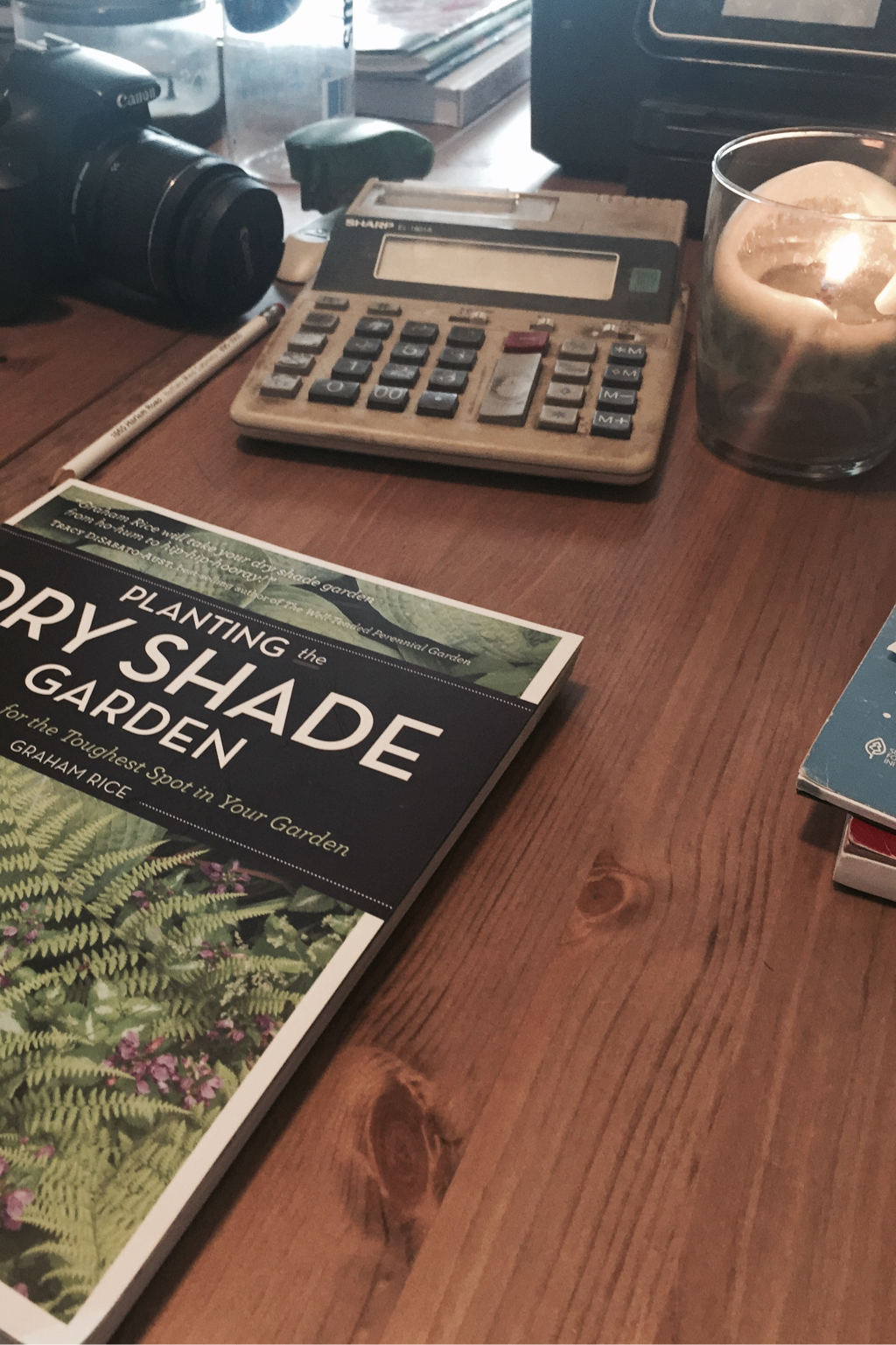|
It may be accurate to say "The largest gardening or horticultural challenge (problem) faced in the urban landscape (in the COB*) is dry shade." Tree pits - dry shade. "Hell Strips" - dry shade. Anywhere around the endless number of "weed" or "naturalized" or "invasive" Norway Maples that line every boundry and property line in the city - dry shade. If I could go a bit further. "Shade isn't the problem." Wet shade; no problem, tons of stuff to grow there. It is the command the tree has in occupying the space that is really being dealt with. The tree controls everything that is a resource - root space, water, sun, and most likely some alleopathic defense by the tree as well. I don't really have answers yet - hard ones that answer the problem but I have been in serious experimentation for over a year. Part of this "experimentation" involved finding this book ("Planting the Dry Shade Garden" by Graham Rice - Timber Press, 2011.) which I have been occasionally looking over for a year now. While there are many things I don't like, referring to what may make the book a quality work, I can't take the time to provide an aesthetic vision of how to treat the subject, so I will only say that it seems the book's answer to dry shade is to build a raised bed, which to me disregards the tree as basic arborculture would point out that soil should not be placed on top of tree roots. Of course, the book always hedges itself, where at many points it directs its reader to consult a professional or expert. But. Then. Why did I buy this book? My lesson learned: I saw the book referred to in an article somewhere and immediatly found it at Amazon and had it shipped. But. As I found out, it appears the book is intended for a zone 6 or 7 audience as most of the plants listed in the book (85% of the book is a plant list with pictures and details) are not usable here in zone 5. My bad. Some plants listed I'm interested in (you may also see here a crossover interest in utilizing plants that have value a cut material): Symphorocarpus, Arum italicum, Corydalis, Helleborus. *COB - City of Buffalo Comments are closed.
|
Matthew DoreLandscape designer and Proprietor of Buffalo Horticulture Archives
April 2020
Categories |
Telephone(716)628.3555
|
|


 RSS Feed
RSS Feed